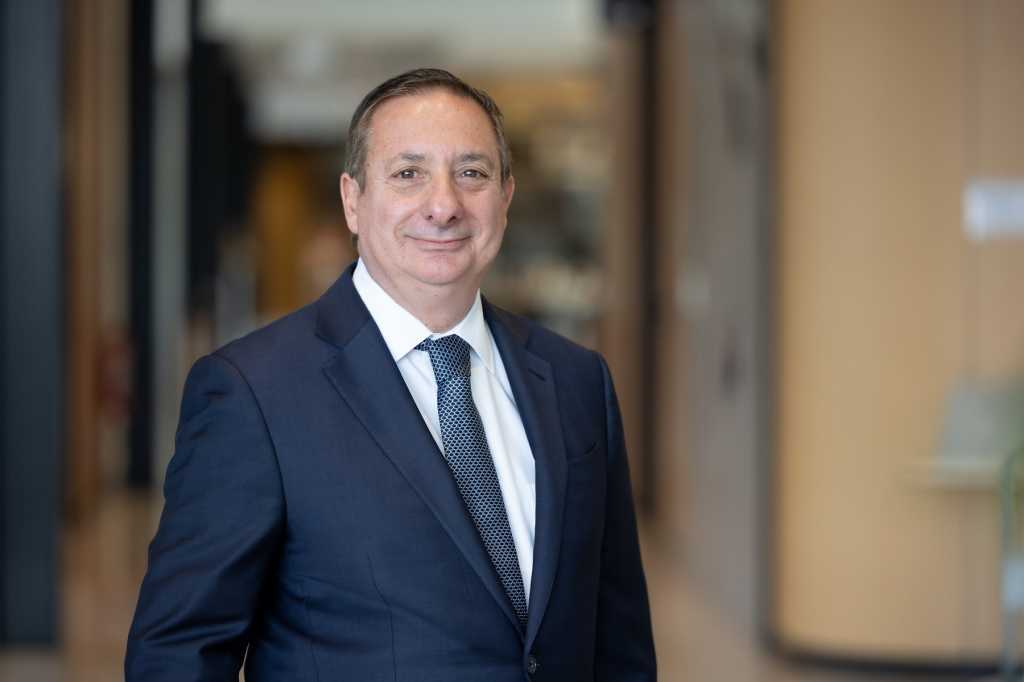“When it comes to a platform-based business, you can plug and play and get synergies so the whole group can take advantage of your customized e-commerce platform, data and analytics platform, and safety platform,” he says. “That’s why we’re moving into a platforms-based business, and as we do new mergers and acquisitions, we plug them into the system. We run a federated model, and as a group IT function, we determine what is core, what is standard, and then we allow the businesses the freedom to innovate on top of them. We get the synergies of scale, and the flexibility and agility of innovation.”
Making a difference
Fletcher Building is essentially a vertically integrated building company with specific technical challenges, and, in particular, Locandro sees the biggest problem for aspiring CIOs is a lack of cohesion with the business, merely having technical people who can’t align a strategy to achieve a business outcome. There must be an ability to deal with ambiguity and map out a path in order to get there by the time the tech matures, he says. And in an organization of this size, challenges and threats appear every day.
Broadly speaking, however, three pillars drive the company forward. One is about gathering operational efficiency in order to reduce the cost to serve, digitize, and automate inefficient processes. The second revolves around growing customer intimacy, and, to this end, Fletcher is developing CRM systems and other more customer-facing applications. “We want to get intimate, to use analytics and search engines to build a persona and profile,” he says. “A new ERP system will allow us to see a customer who deals with us end to end rather than in their disparate silos. We focus on using digital apps together with the rest of it to help increase our net promoter score.”
And the third, simply put, centers on breakthrough innovation. Its scale and scope illustrate how tech innovation delivers paradigm shifts in how the business operates, from its use of drones to survey material stockpiles and the integrity of road surfaces, to using AI to look at concrete and cement mixtures to reduce CO2 emissions, as well as it’s applications in safety systems to predict preventable injuries. There’s also innovation in operationally efficient call centers, and state-of-the-art Google hubs and analytics to develop intelligent decisions to feed back into the ERP systems. “We’re also doing IOT sensors in factories to do health checks and predictive maintenance before machines break down,” he says. “With 5G tech, we can put it into real-time feeds.”
Locandro is confident he can use his global experience to turn such highly ambitious goals into reality. “No matter where I work, it’s all about transformation and leaving a legacy behind, and being prepared to do the hard yards into a new evolution,” he says. “Industrial and manufacturing businesses have a reputation for being laggards in digitization, but we’re turning that around.”

